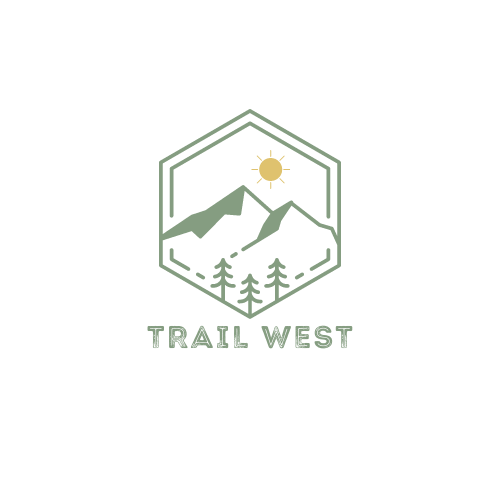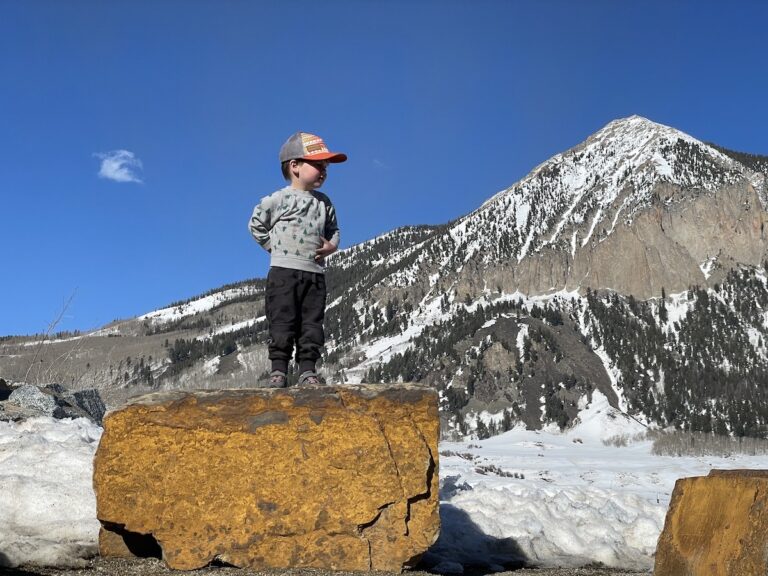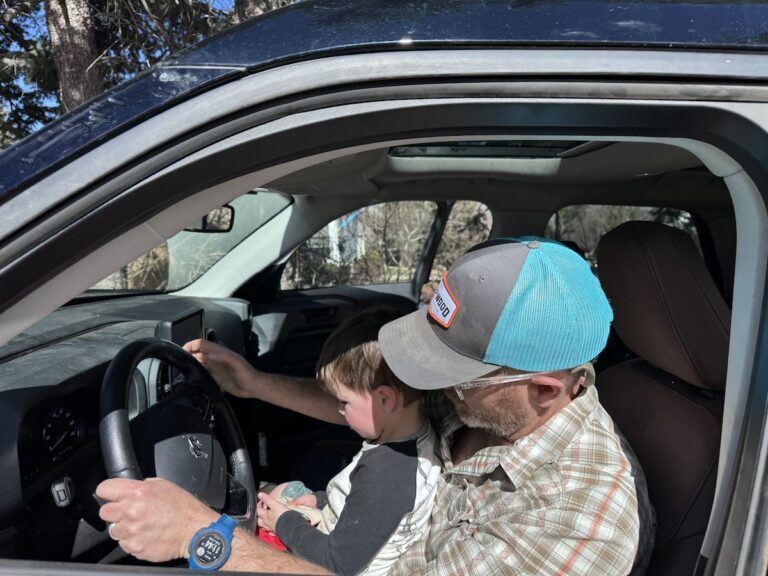When it comes to camping, one of the key factors that can make or break your outdoor adventure is how well you organize your gear, especially with a toddler running around.
A cluttered campsite can lead to frustration and wasted time, while a well-organized campsite can make your camping experience smoother and more enjoyable.
Essential Gear to Organize
Tents and Shelter Equipment
Your tent is your home away from home, and keeping it organized is essential for a comfortable stay in the great outdoors.
After setting up your tent, it’s crucial to store unused guidewires and extra stakes properly. A simple, obvious trick is to use a dedicated bag or pouch for them. This not only keeps them organized but also prevents them from getting tangled with other gear. Plus, it makes setting up and taking down your tent a breeze.
Before packing up your tent, make sure it’s clean and dry. Dirt and moisture can damage the fabric and create a musty smell. Shake out any dirt, wipe down surfaces if needed, and let it air out in the sun if possible. Once it’s clean and dry, fold it neatly to avoid creases that can weaken the fabric over time.
Sleeping Gear
How you store your sleeping gear can impact your comfort.
Sleeping Bags: Rolling vs. Stuffing
When it comes to storing sleeping bags, the rolling vs. stuffing debate has been ongoing for ages. Rolling your sleeping bag is a more space-efficient method and can help prolong its lifespan. Stuffing, on the other hand, can lead to loft loss over time. If you choose to stuff, avoid compressing it too much.
From a speed perspective, you may choose to stuff at camp but leave it loosely rolled at home for longer stretches to help preserve its life.
Sleeping Pads and Air Mattresses
Keep your sleeping pads and air mattresses rolled or folded neatly to prevent punctures and ensure they stay comfortable throughout your trip. If using inflatable options, be sure to check for leaks before each use.
We use a huge inflatable queen bed from REI. It’s the most comfortable option for us when we’re car camping but it requires a thoughtful, tight roll when trying to get it back into its sleeve sack.
Pillow and Blanket Strategies
Pillows and blankets can bring extra comfort to your sleeping setup. Store them in their respective bags or stuff sacks to keep them clean and dry.
A couple of compressed RUMPL bags go a long way in adding comfort and warmth without taking up too much space in your car or van.
Cooking and Food Supplies
Properly organizing your cooking and food supplies can save you time and make meal preparation a breeze. There is nothing worse than being settled in at camp only to realize you’ve forgotten an important piece of your kit.
Camp Stove Organization
If you’re using a camp stove, designate a specific container for it and its accessories. Ensure the propane tank is securely stored and disconnected when not in use. We also store our lighter and a spare set of hurricane matches with the fuel so we can access it quickly.
Make sure you have enough fuel before you head out. When in doubt, bring a new container, but inevitably you’ll wind up with a few canisters with just a little bit left.
Food Storage Solutions
When it comes to food, keeping it safe from critters and fresh is crucial. Invest in airtight containers or bear-resistant canisters, depending on your camping location. Label your food containers with contents and expiration dates for easy access.
Utensils and Cookware Tips
Keep your utensils and cookware organized in a compact and efficient manner. A roll-up utensil organizer can save space and keep everything in one place. Stack pots and pans with non-stick liners in between to prevent scratches.
We use the GSI Outdoors Destination Kitchen set and love it.
Storage Systems and Containers
Now that we’ve covered essential gear, let’s dive into storage systems and containers to help you keep everything in order.
Campsite Layout Planning
Before unpacking, plan your campsite layout. Allocate specific areas for cooking, sleeping, and relaxing. This thoughtful organization will prevent gear from spilling into each other’s space and create a more functional campsite.
Campsite Layout Optimization
Strategically plan your campsite layout to maximize functionality. Place your tent on flat ground away from potential hazards like dead branches or rocks. Allocate areas for cooking, dining, and relaxation, ensuring clear pathways between them.
Establishing a Gear Storage Area
Designate a specific area for storing gear that’s not in use. This could be a corner of your tent, a section of your vestibule, or a separate storage tent if you have one. Stowing gear properly reduces clutter and keeps your campsite tidy.
Choosing the Right Camping Bins
Invest in high-quality camping bins with secure lids. Transparent bins can help you quickly locate items without rummaging through everything. Consider color-coding bins for different categories, such as cooking, sleeping, and clothing.
Utilizing Mesh Bags and Pockets
Mesh bags and pockets are versatile organizers. Hang them inside your tent for small essentials like headlamps, sunscreen, and glasses. Many tents have pockets on the side walls and on the ceiling. You can also attach mesh pockets to your camp chairs for convenient storage.
Keeping Things Clean and Dry
A clean and dry camping environment not only enhances your comfort but also extends the life of your gear. Here’s how to keep things spick and span:
Importance of Waterproofing
Invest in waterproof storage solutions or line your bins with heavy-duty trash bags to prevent moisture from seeping in during unexpected rain or damp conditions. This extra step can save you from soggy gear and potential damage.
Rainfly and Tarp Setup
Always pack a rainfly or tarp to provide an additional layer of protection over your tent. Properly securing it can mean the difference between a cozy night and a soggy one. Check for leaks and seal any seams if necessary.
Ground Cloth Strategies
Lay down a ground cloth or footprint beneath your tent to prevent moisture from seeping through the floor. Ensure it’s slightly smaller than your tent to prevent water from pooling.
Campsite Safety Considerations
Safety should always be a priority while camping. Keep these considerations in mind:
- Store food securely to prevent wildlife encounters.
- Keep flammable items away from campfires and cooking areas.
- Know the location of the nearest first-aid kit and emergency equipment.
- Familiarize yourself with the campsite’s rules and regulations.
Nighttime Accessibility
Organizing your gear for nighttime accessibility can save you from fumbling in the dark. Here’s how:
- Place headlamps, flashlights, or lanterns within easy reach inside your tent.
- Keep essentials like water, a map, and a multi-tool nearby in case you need them during the night.
- Use glow-in-the-dark or reflective markers to identify tent stakes and guy lines to prevent tripping.
By following these camping storage tips for cleanliness, orderliness, and safety, you’ll enhance your outdoor experience and make your camping trips more enjoyable and stress-free.


